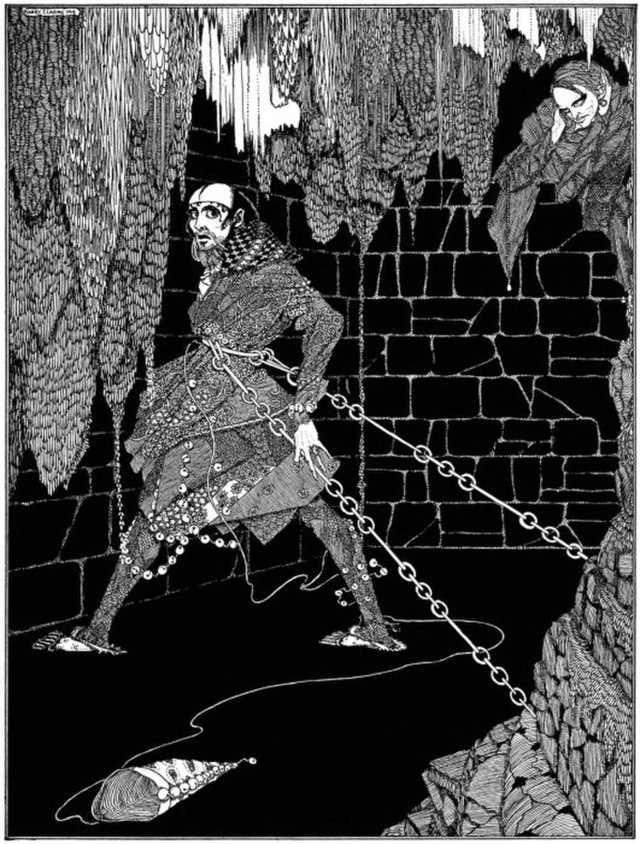“It’s Alive!!!” . . . Well, Soon
Hello, Kids and All Readers!
Do you dare to enter Dr. Frankenstein’s La-BOR-a-tor-y?
That’s where you’ll be when you read Upas Street: Shocking Specter, Book 6 in my Botanic Hill Detectives Mysteries series, releasing in Fall 2024.
I’m finally busily working on the first draft–yay!–which is due to my editor on March 10–yikes! As Detective Lexi would say, “Wowzers!”
Our four detectives are traveling to the Welsh village of Llanfair in Southern California at the invitation of residents Mr. and Mrs. Llewellyn. The couple and other villagers have sighted a green-glowing object roaming about the countryside. It was once believed to be the ghost of stagehand Scotty Roberts. He died in a freak accident in the village’s abandoned shepherds’ watch tower in 1931 during the filming of Universal Pictures Frankenstein. The “Shocking Specter,” as it came to be known, appeared right after Roberts’ death. Then, it vanished almost as quickly as it had arrived. But not before setting fires just outside the village!
So, why in 2024, almost 100 years later, have the Shocking Specter and the fires returned? Who or what is it? Why did it disappear long ago only to reappear now? What does it want? As Detective Lanny points out, “Villains always want something!” The detectives are on the case and mean to find out.
I happily dug up–no pun intended–much fascinating information on Frankenstein, other Universal classic horror films like The Wolf Man, the studio itself, the amazingly talented actor Boris Karloff, who plays the monster with such pathos; his still-revered makeup artist, Jack Pierce, an artistic special effects pioneer, who created the monster’s iconic look; Kenneth Strickfaden, an electronics wizard and visual special effects pioneer, who invented and ran the mad scientist’s laboratory machines, thereafter known as “Dr. Frankenstein’s electrician”; and, Mary Shelley, intrepid author of Frankenstein (1818), who made all this possible.
My favorite morsels are woven into Shocking Specter to honor those artists and the Golden Age of Hollywood horror films.
So, get a clue, all Readers! I’ve even hidden a few Easter eggs in this book for your hunting pleasure. Don’t know what literary and cinematic Easter eggs are? Stay tuned for my March 31 newsletter “News” blog!
Photo Credits: Frankenstein photos from commons.wikipedia.org in the public domain; Easter eggs photo by Elina Sazonova on pexels.com
- Frankenstein by Mary Shelley
- Look for Easter Eggs in Book 6!
- Do You Dare Enter Dr. Frankenstein’s la-BOR-a-tree???




 Hello, Kids and All Readers!
Hello, Kids and All Readers! Hi, Everyone,
Hi, Everyone,








